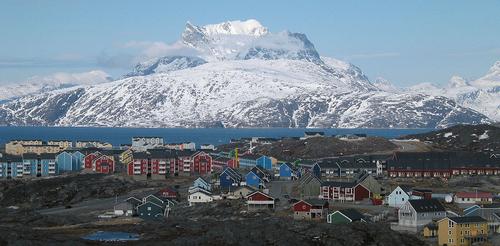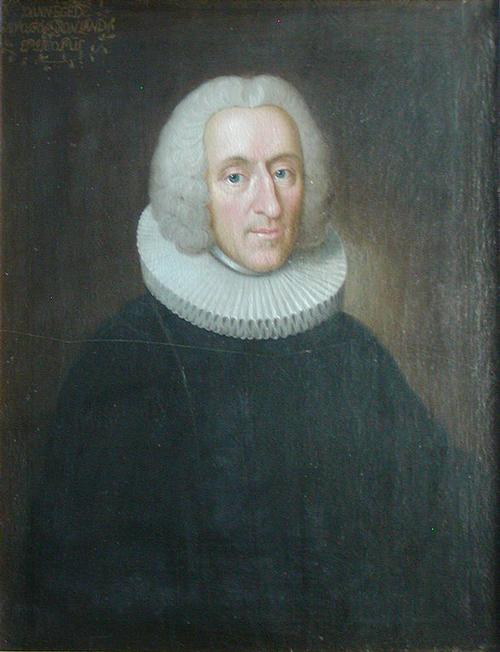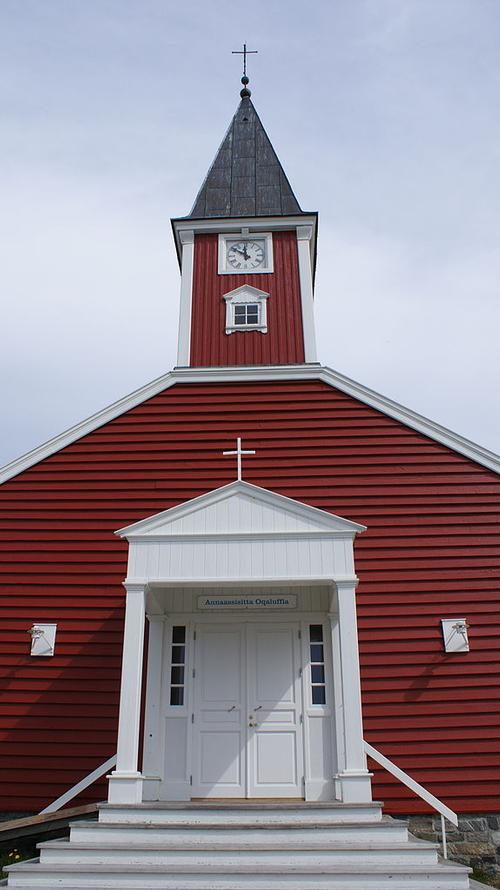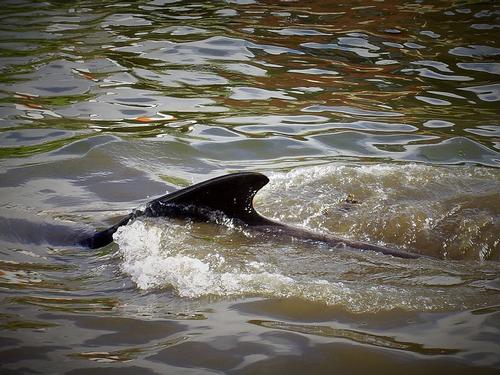GREENLAND
Nuuk

Nuuk
Nuuk
Nuuk is the capital of the northernmost island of Greenland in the North Atlantic Ocean. Greenland is the largest island in the world. It is a colony of Denmark. Nuuk means 'headland' in Greenlandic, but the Danes, to whom Greenland belongs, call the town Godthåb which means 'Good Hope'.
 NuukPhoto: Oliver Schauf in the public domain
NuukPhoto: Oliver Schauf in the public domain
Location
Because most of Greenland is covered in ice, only the coastal part of the island is habitable. Therefore, the capital of Greenland is located on the southwest coast of the island. The Amaralikfjord is located near the Greenland capital. Nuuk is the northernmost capital in North America. It is the largest city on the island and about 16,000 people live there.
Weather
Nuuk has a polar climate with influences from the sea. The winters in Nuuk are extremely cold, with temperatures that can drop deep below zero and sometimes even reach -50°C. Snow also falls regularly in the winter. In the summer, Nuuk is one of the driest places in the world. The temperatures are also higher then, the average temperature is between 2°C and 3°C.
History
Nuuk's history goes back a long way. As early as 2200 BC, during the pre-Inuit period, people lived at the place where Nuuk now lies. After that, until the year 1000, Nuuk was inhabited by Eskimos of the Dorset culture. In the 10th century, the Vikings discovered the area. They were succeeded by the Inuits and the Normans who lived there until the year 1500. They probably left again due to a change in climate.
 Hans Egede NuukPhoto: Public Domain
Hans Egede NuukPhoto: Public Domain
In 1728, the town of Godthåb was officially founded by Danish-Norwegian missionary Hans Egede, who set foot on Greenland in 1721. At that time, Greenland was still a colony of Norway. Norway had owned Greenland for three centuries, but had not really looked after it. However, when Egede founded Godthåb, King Frederick IV immediately sent three ships with building materials and personnel to Greenland. They were sent to the island to repair the defensive fortress. The staff consisted mainly of convicts and prostitutes, and most of them died of scurvy and other diseases within the first year. In 1733, a smallpox epidemic broke out and killed most of the native population, including Hans Egede's wife. Egede returned to Norway in 1736, his son Paul remained in Greenland as his successor.
Around 1850, Greenland, and in particular the Nuuk area, was in crisis. The Europeans had brought all kinds of diseases to the island and their culture was also in conflict with that of the Greenlanders. The indigenous population was disadvantaged and extremely poor. In 1853, Danish geologist Hinrich Johannes Rink came to Greenland. He noticed that the Greenlanders had lost their culture and identity, and in response he founded the first newspaper on the island. In 1861, the Greenlander Atuagagdliutt was appointed editor-in-chief and the newspaper grew into a national pride.
The Greenlandic identity experienced a second revival during the Second World War. The Greenlanders who shared their language established a national council under the leadership of Eske Brun. As a result, Godthåb was renamed Greenlandic Nuuk in 1979. Today, Greenland is mainly inhabited by Greenlanders, Inuits and Danes, and over a third of the population lives in the capital area around Nuuk.
Sights
Nuuk has several historical sights, such as the city's cathedral. It is an imposing redwood Lutheran church in the old centre of town. The church was built in 1849 and during Greenland's National Day, this church is the centre of the festivities.
 Cathedral NuukPhoto: Algkalv CC 3.0 Unported no changes made
Cathedral NuukPhoto: Algkalv CC 3.0 Unported no changes made
The National Museum of Greenland is one of the first museums on the island. Several Danish and Greenlandic masterpieces are on display, but the museum's collection also includes archaeological finds and historical information and objects. Very special are the Inuit mummies found in Qilakitsoq.
Tips
In Nuuk, there are several fun sports activities. The world's hardest golf course is located in the city, and skiing is possible. Hiking and climbing are also popular activities. Another special activity is to view the ice fjords from a boat. Sometimes, the whales of the Atlantic Ocean can be seen during this boat trip.
 Whale, NuukPhoto: Erik Christensen CC 3.0 nicht portiert no changes made
Whale, NuukPhoto: Erik Christensen CC 3.0 nicht portiert no changes made
Useful links Nuuk
BBC Country ProfilesWorld Fact Book Explore all Countries
How to call
Last updated November 2025
Copyright: Team - The World of Info